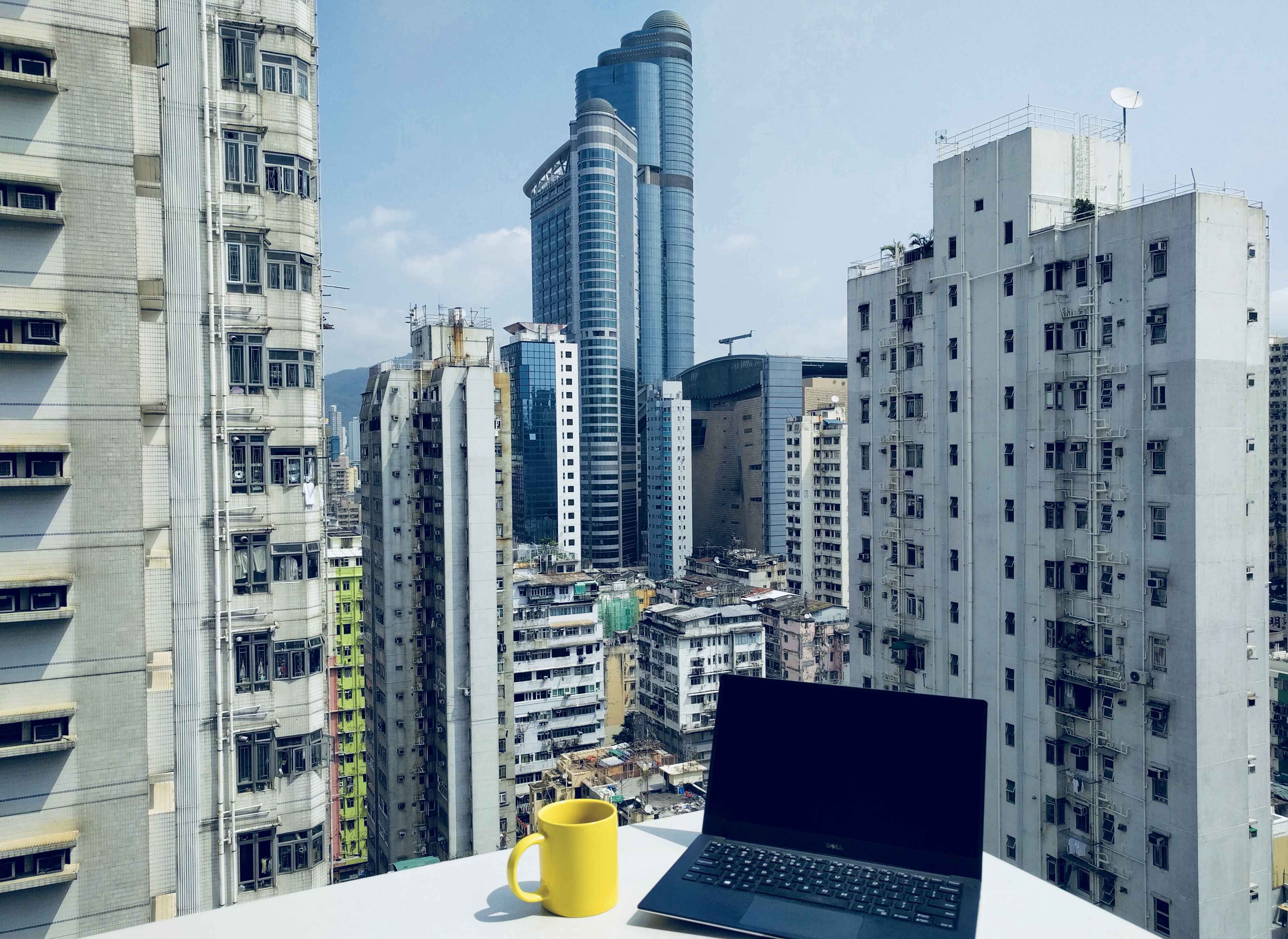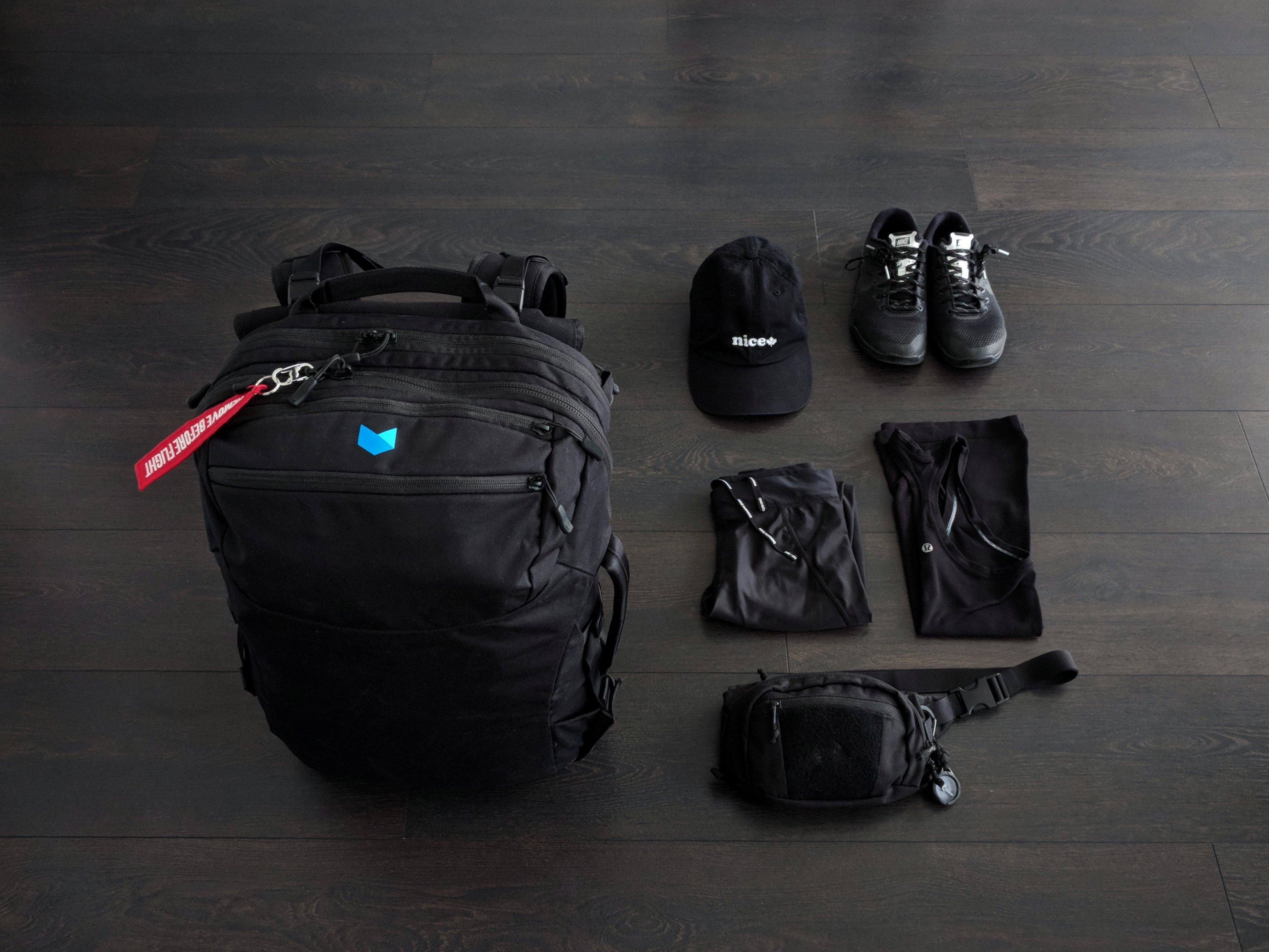"How do I start...?"
Mon Jul 30, 2018 · 8 min read

I’m pretty outgoing about how I live as a nomadic freelancer. I truly believe remote work is the future, and that the experience of being a one bag nomad for any amount of time would positively contribute to someone’s life experience. I very frequently am asked the question, “How do I start [insert similar life goals here]?” Instead of individual quick answers to DMs, I thought I’d take the time to write about what I think it takes to live like I’m currently living.
If you’re interested in how to become a remote developer (I shy away from the term, but yes, “digital nomad”), or learning how to code with the goal of a career change, or living full time out of just one bag, then I wrote this post for you. I hope it inspires you towards action that in some way makes your life even better. :)
There’s a smorgasbord of advice out there that’s been written on the topic of how to start working remotely in a technical role. It’s a lot more than I could usefully paraphrase here - and as all responsible programmers learn, “Don’t Repeat Yourself.” ;) Instead of riffing on the latest How I quit my day job and taught myself to code and started earning $1,000,000 article, I will simply offer some of my more fundamental observations.
In my personal experience, the people I’ve seen succeed at a career transition at any age are the ones who have the gumption to teach themselves, and to work hard at learning everything they can, as fast as they can. There’s no other prescription for this. Learning anything, especially hard things, takes hard work.
My observations are that there’s only one significant difference between a successful programmer and one who isn’t: a high level of perseverance, and tolerance for struggling through tough problems. Programmers learn constantly, no matter how long they’ve been one. A great majority of their time is spent struggling with something new and foreign - whether it’s a language, framework, someone else’s code, or an inexplicable bug.
If you currently have a full-time location-dependent position, it’s possible that you can begin to work remotely without leaving your job. Consider negotiating working remotely or from home for one day a week, to start. If you have a particularly forward-thinking employer or company, you could suggest a few days a week. In either scenario, you may benefit from backing your request with evidence of the benefits that remote working employees offer companies:
Some nomads I’ve met travel and work remotely for a few months out of the year, and work on-site the remainder of the time. There may be a flavor of remote work that’s appealing both to you and your current employer.
If such a negotiation simply isn’t possible, don’t leave yourself without a runway. Continue at your current job, save what you can, and start building up a client base in your free time.
When it comes to building a client base as a freelancer, see The key factor above. No surprise, getting clients as a freelancer also takes a lot of hard work. It means constantly being on the hunt, and learning to talk confidently about yourself. It’s not for everybody.
If you’d prefer working a steady paying job for a single company, you’re still in luck. A quick web search will afford you hundreds of remote (and freelance-friendly) job sites. Remote workers fill roles such as virtual assistants, digital media marketers, designers, illustrators, copy writers and editors, photographers and photo finishers, and all manner of developer positions, just to name a few.

#youdidnotworkthere
Personally, I enjoy the freedom and challenge of freelance work. When it comes to finding clients, I prefer the old-fashioned methods: talk to people about what you can do, keep your eyes and ears open, and leave no appealing opportunities unexplored. Keep a future-proof (read: plain text) record of your previous clients. Follow up with them periodically and maintain those relationships. When it comes to being your own boss, your success is a direct result of the effort you put in.
If you want to learn how to code, here are the places I recommend in terms of a coding curriculum to follow. Choose the site that you like using the best, and start making a regular habit of completing challenges. It only works if you actually do it. :)

Some fun doodle notes on Stacks and Queues
Searching for general topics on dev.to or in freeCodeCamp’s Medium publication will likely provide useful information in plain-English explanations. For specific queries like “How do I install the latest stable version of Hugo?”, I recommend DuckDuckGo. (Also, learn about bangs. They’ll change your life.)
The nice thing about being a developer and a one-bagger at the same time is that a lot of best practices are transferable between the two. “Don’t Repeat Yourself,” or DRY code, translates into minimalism and encourages you to think pragmatically when it comes to assessing the usefulness of the things you put in your bag. Here are some questions to start with:
This pragmatic thinking is the basis of your success as a one-bagger. For a more general-purpose “how-to” on minimalism, see A brave person’s guide to minimalist living.

In terms of practically deciding on the contents of your bag, I generally suggest two methods as guidelines for determining your personalized pack. I’ll call them the “maximal” and “minimal” approaches. You can experiment with these approaches without ever setting foot in an airport. Choose the one that sounds the most possible for you.
This method starts with everything you can fit in the bag within the weight limit, then discards any items you find unnecessary.
This method starts with a clean slate, and aims to add only the minimum necessary amount of stuff.
After the first week with either method, continue to live out of the bag for at least another week. Observe how often you need to hand wash clothes or do laundry, and adjust to your preferences. Attempt to bring your bag with you whenever possible. This will give you a realistic sense of traveling with its weight, if there’s an item you’d rather have or do without, and whether or not it’s the right type of bag for you.
Generally, after you’ve managed it for about two weeks, you can continue with that pack for a month or two. If you can do it for a month or two - perhaps with the addition of a couple things for seasonal changes - you can do it indefinitely.
Practically, this is just an exercise in what it would be like for you to live a little more sparsely. You may or may not be able to carry your bag to work - adjust for what is possible in your situation. Some may attempt this and discover that they’re really destined to be two-baggers - there’s nothing wrong with that. Whatever the outcome of your experiment, you’ll almost certainly have an improved, practical sense of clarity about the things that are truly necessary and important to you. In the end, that’s really what one-bagging is about.
Just start, somewhere, and persevere.